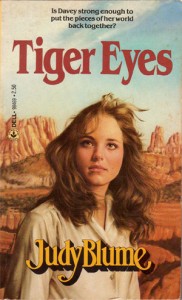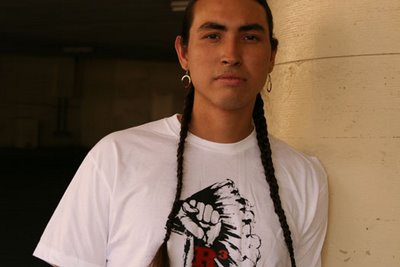[amazon_image id=”0316013684″ link=”true” target=”_blank” size=”medium” class=”alignleft”]The Absolutely True Diary of a Part-Time Indian[/amazon_image]Sherman Alexie’s young adult novel [amazon_link id=”0316013684″ target=”_blank” ]The Absolutely True Diary of a Part-Time Indian[/amazon_link] is the story of Arnold Spirit, Jr., better known as Junior, a fourteen-year-old Spokane Indian living on the reservation and dreaming of a better life. When he begins high school on the reservation and opens his geometry book only discover his mother’s name written the book (it had been her geometry book, too), he becomes enraged at the poverty surrounding him and the way he must live. His teacher suggests he go to the white high school in a nearby small town off the reservation so that he will have a shot at a better education. He decides to do it. He must win the acceptance of his white peers at the high school and contend with his friends’ belief that he is a traitor for going to school off the Rez.
Neil Gaiman’s blurb on the back cover reads:
Excellent in every way, poignant and really funny and heartwarming and honest and wise and smart… I have no doubt that in a year or so it’ll both be winning awards and being banned.
In fact, it was recently removed from the library shelves and curriculum of a local Georgia system (for “study,” ostensibly). Whether the book will survive the challenge or not is up in the air, but people who pick out a couple of things to be angry about in these books without looking at the context make me so angry. One of the complaints the book received in this recent challenge is that it’s “anti-Christian.” Junior is mad at God after suffering the deaths of two people close to him in senseless accidents within a matter of weeks. Many people going through the grieving process are mad at God for a while. And they may say things that indicate that anger. If the worst thing a kid in Junior’s shoes does is imply Jesus once passed gas, then I would like to think we could all have a sense of humor and admit it’s true. All human beings do that, right?
At any rate, I think this book is great for students in middle and high school to read. It’s funny, even when Junior is describing the tragedy of living with an alcoholic father or losing his best friend, he manages to make you smile and even laugh out loud. More than that, however, the book is perfect for examining the big question of identity that teens grapple with. Junior has more trouble than most teens with this question because he knows he can’t reach his goals on the reservation, but he also feels like he’s betraying the people he loves by going. Junior’s cartoons, sprinkled throughout the text, illustrate his complicated feelings and add to the story.
I have to say I agree completely with Neil Gaiman’s assessment of the book.
Rating:




Full disclosure: I checked this book out of my school library.

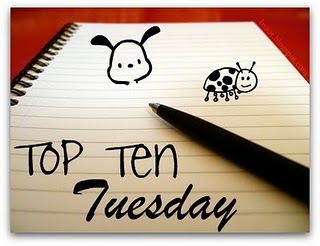
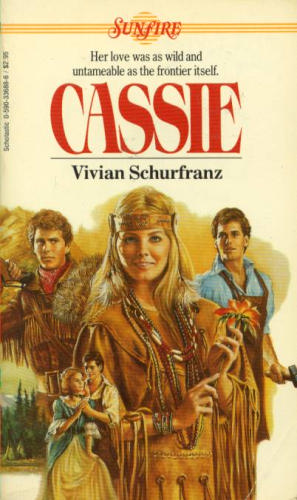
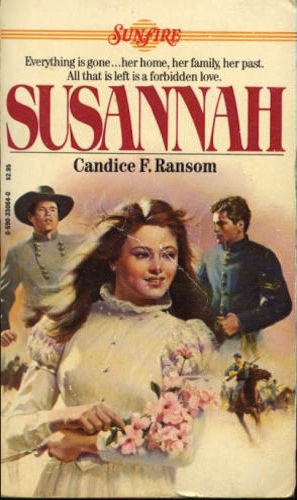


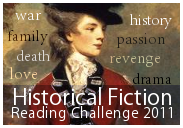



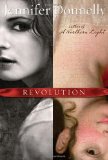

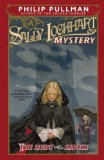

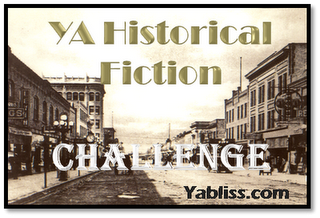
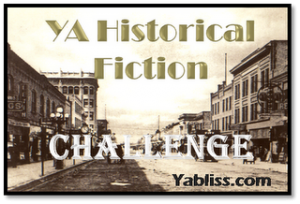 I love historical fiction, and I know some great YA historical fiction has been written since I was actively seeking out new YA some seven years ago or so. I am going to participate in the YA Historical Fiction Challenge hosted by YA Bliss.
I love historical fiction, and I know some great YA historical fiction has been written since I was actively seeking out new YA some seven years ago or so. I am going to participate in the YA Historical Fiction Challenge hosted by YA Bliss.